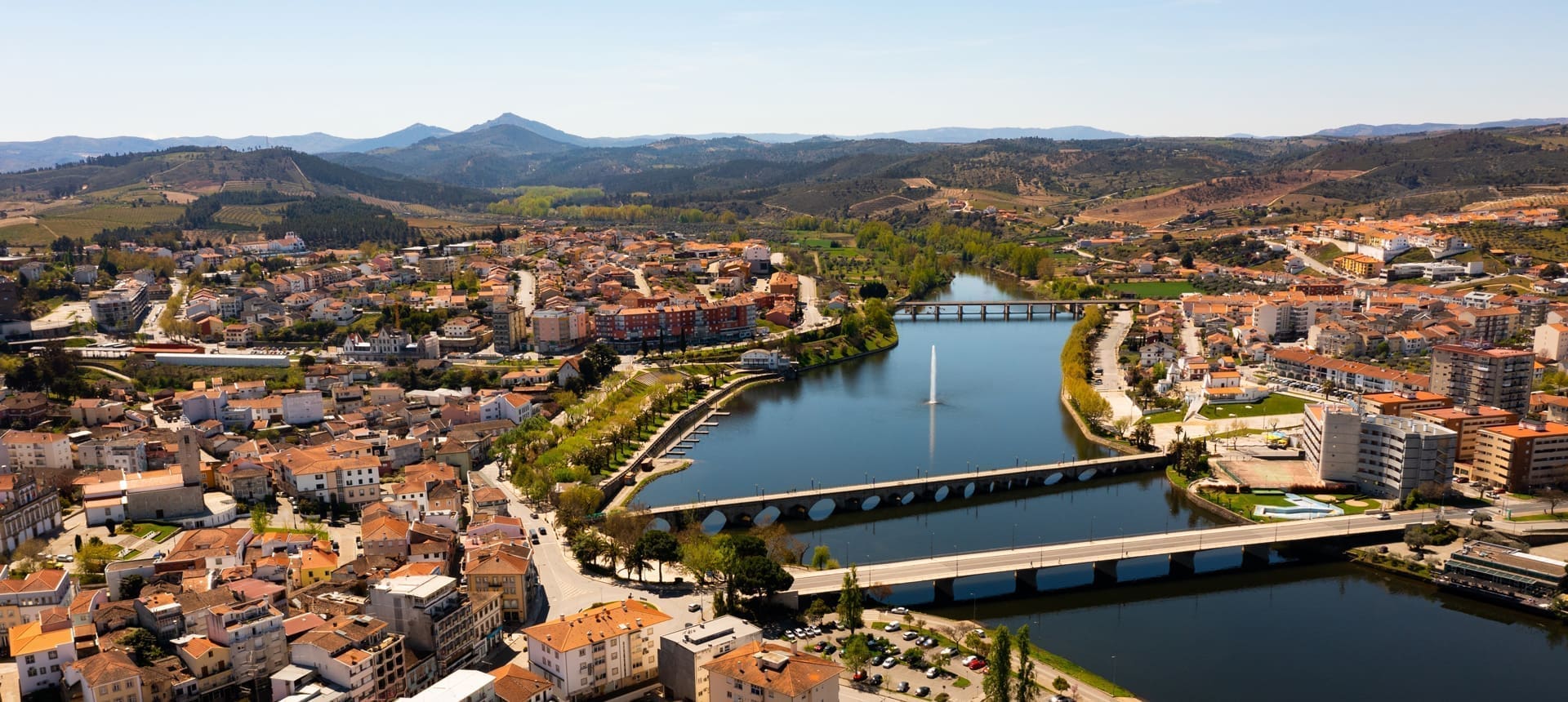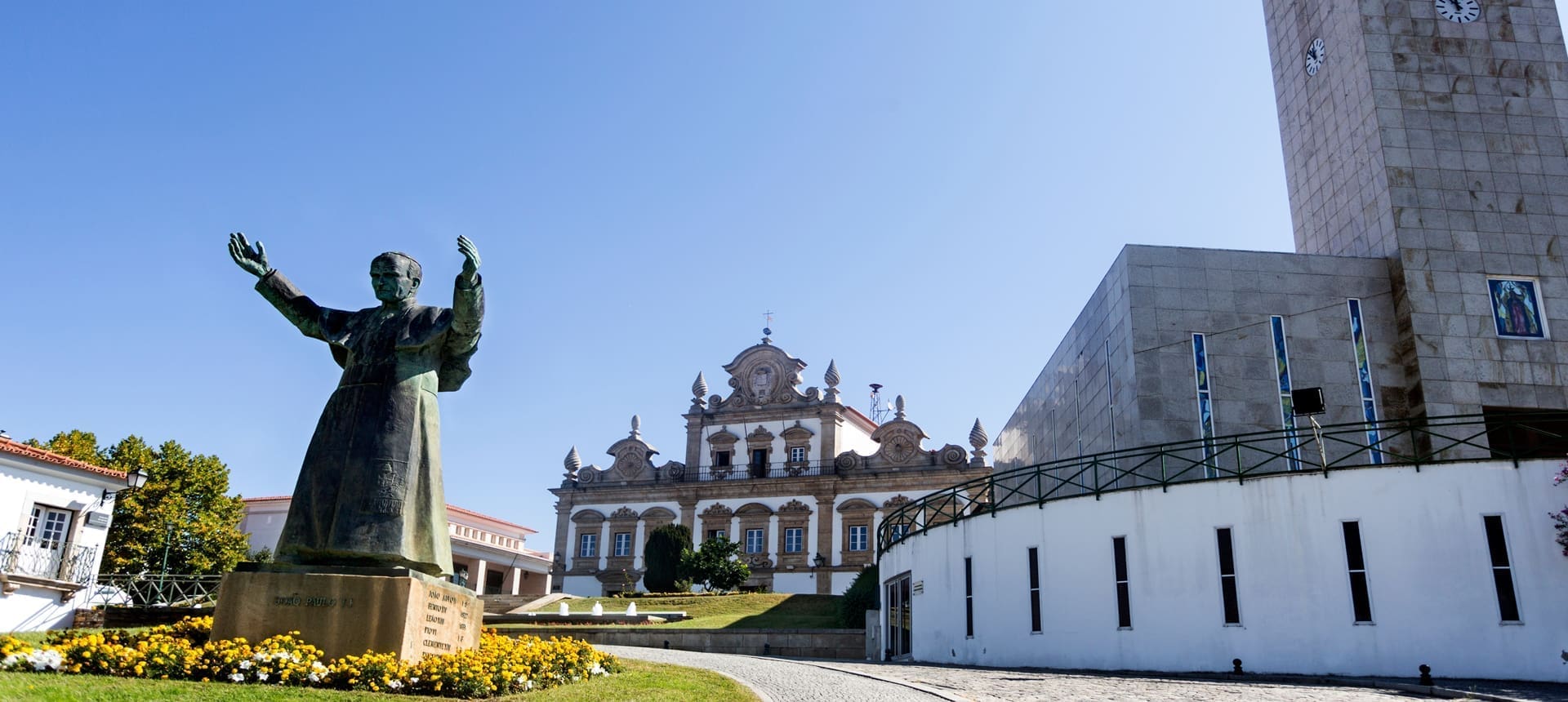The municipality of Mirandela is located in the heart of Trás-os-Montes and Alto Douro, marked by two low-pressure valleys through which the Tuela and Rabaçal rivers flow, joining north of the city to form the Tua river, which flows into the Douro. These towns offer a varied and rich natural, landscape, cultural, and artistic heritage, the result of centuries of history – as evidenced by the megalithic monuments, the castros, and the numerous remains of Iron Age fortifications built along the valleys or the appearance, in the Modern Age, of the pattern of the House of Távoras. Its history is marked when in 1250, by charter of D. Afonso III, the Municipality of Mirandela was created. A few years later, by Charter of Transfers approved by D. Dinis, in 1282 the city was moved from “Castelo Velho” to Cabeço de S. Miguel, where its Historic Center is located today; and in 1884 it began to have its current geographical boundaries. But its pride, its main resource, in addition to Alheira de Mirandela – the seventh wonder of Portuguese gastronomy – and its people, is the olive tree and its oil.
- Home Page
- Visit our Cities
- Mirandela
Mirandela





























